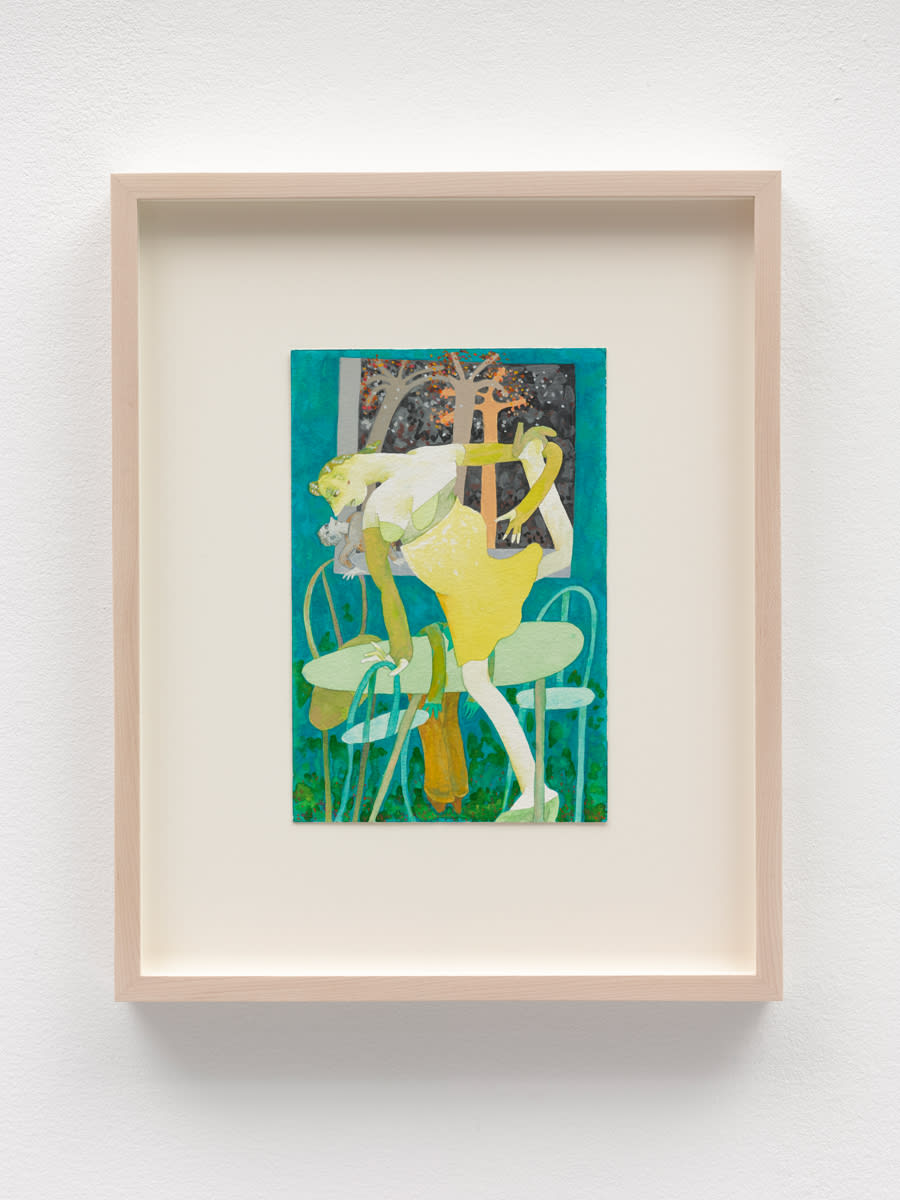
Gladys Nilsson
A Table, 2008
Watercolour and gouache on paper
22.7 x 15.2 cm
9 x 6 in
Framed: 39.6 x 31.9 x 3.8 cm
15 5/8 x 12 1/2 x 1 1/2 in
9 x 6 in
Framed: 39.6 x 31.9 x 3.8 cm
15 5/8 x 12 1/2 x 1 1/2 in